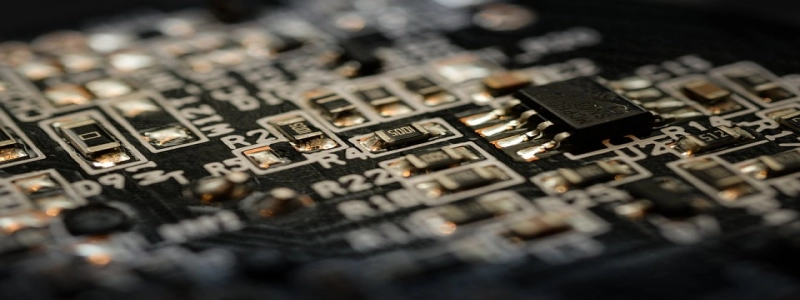HDMI with Ethernet vs HDMI: Understanding the Key Differences
Introduction:
In today’s digital world, HDMI (High-Definition Multimedia Interface) cables have become an essential component for connecting various devices. As technology continues to advance, newer versions of HDMI cables have been introduced, including HDMI with Ethernet. This article aims to explore the key differences between HDMI with Ethernet and traditional HDMI cables, helping you make an informed decision when it comes to choosing the right cable for your needs.
I. Overview of HDMI:
A. Definition and Purpose
HDMI is a widely used audio and video interface that allows for high-quality digital transmission between devices such as TVs, computers, gaming consoles, and more. It provides a single cable solution for transmitting both audio and video signals.
B. Types of HDMI Cables
There are various types of HDMI cables available, including Standard HDMI, High-Speed HDMI, Premium High-Speed HDMI, and Ultra High-Speed HDMI. Each type differs in terms of bandwidth, resolution, and other features.
II. HDMI with Ethernet:
A. Definition and Purpose
HDMI with Ethernet, also known as HDMI with HEAC (HDMI Ethernet and Audio Return Channel), is an HDMI cable that not only supports high-quality audio and video transmission but also includes an Ethernet channel. This Ethernet channel allows for internet connectivity between HDMI devices, eliminating the need for additional networking cables.
B. Benefits of HDMI with Ethernet
1. Simplified Setup: With HDMI with Ethernet, you can connect compatible devices to your home network without the need for additional Ethernet cables, reducing clutter and simplifying the overall setup.
2. Increased Functionality: The Ethernet channel in HDMI with Ethernet cables enables features like internet access for streaming services, firmware updates, and sharing content between connected devices.
III. Traditional HDMI cables:
A. Definition and Purpose
Traditional HDMI cables, also known as Standard HDMI or High-Speed HDMI cables, provide high-quality audio and video transmission but do not include an Ethernet channel.
B. Key Features
1. Audio and Video Transmission: Traditional HDMI cables excel at transmitting audio and video signals between devices, providing crisp and clear visuals and high-quality sound.
2. Compatibility: Standard HDMI cables are widely compatible with most devices that feature an HDMI port, making them versatile and easy to use.
IV. Key Differences:
A. Ethernet Channel: The main difference between HDMI with Ethernet and traditional HDMI cables is the inclusion of an Ethernet channel in the former. This enables internet connectivity and additional functionality that traditional HDMI cables do not offer.
B. Price: HDMI with Ethernet cables typically cost more than traditional HDMI cables due to the added Ethernet channel. However, the price difference may vary depending on the brand and length of the cable.
V. Conclusion:
In conclusion, both HDMI with Ethernet and traditional HDMI cables serve the purpose of transmitting high-quality audio and video signals between devices. However, HDMI with Ethernet offers additional functionality by including an Ethernet channel for internet connectivity and improved network capabilities. When choosing between the two, consider your specific needs, budget, and the devices you wish to connect.








